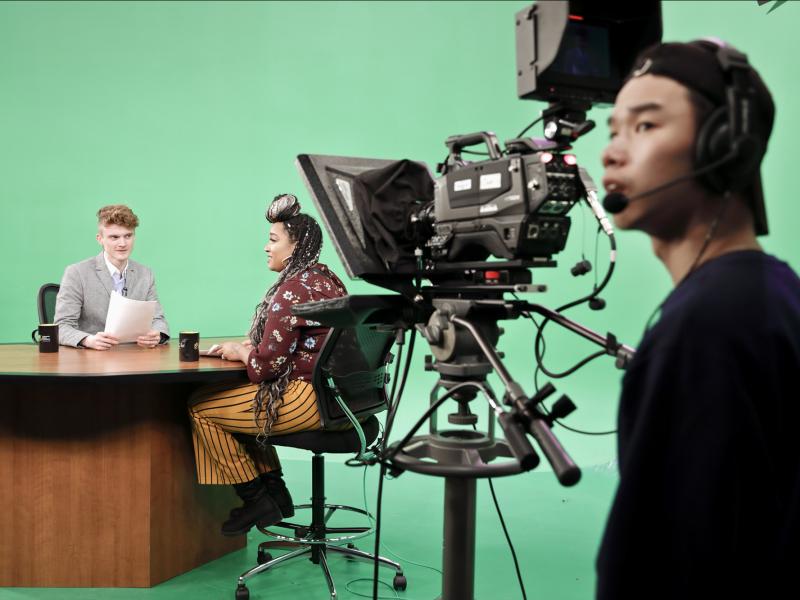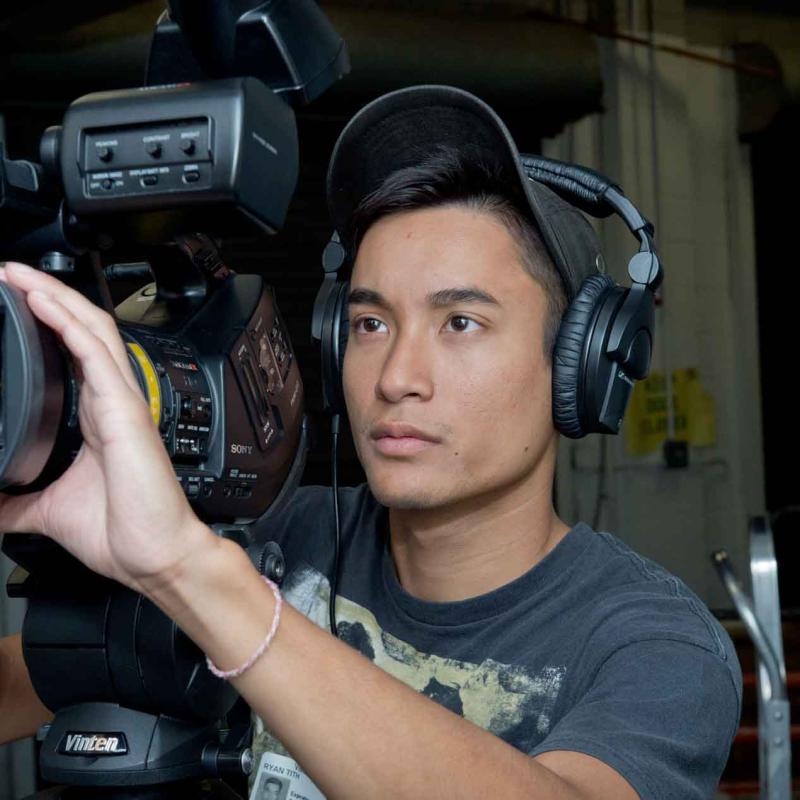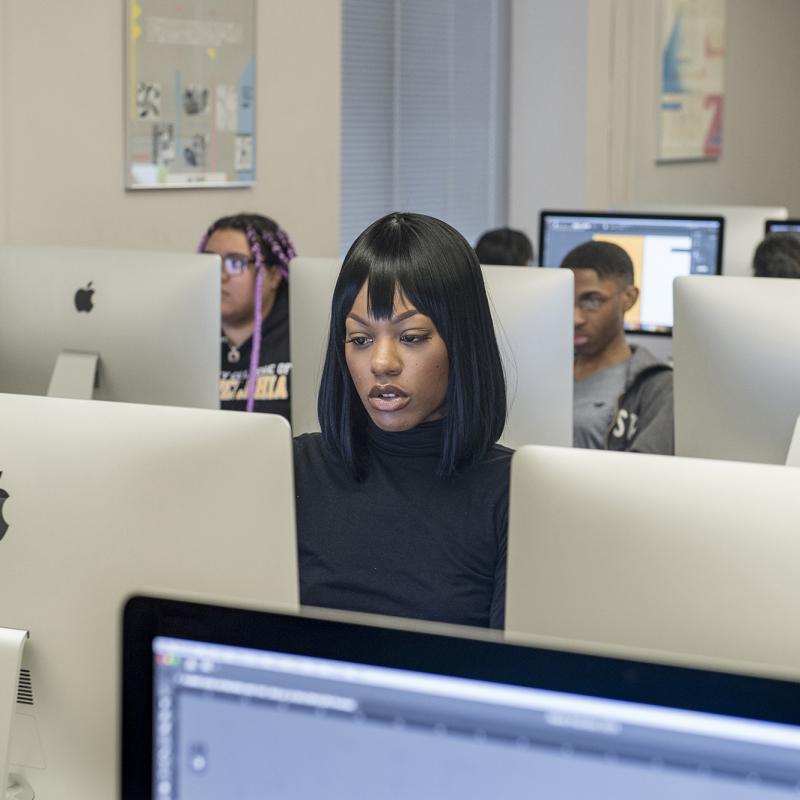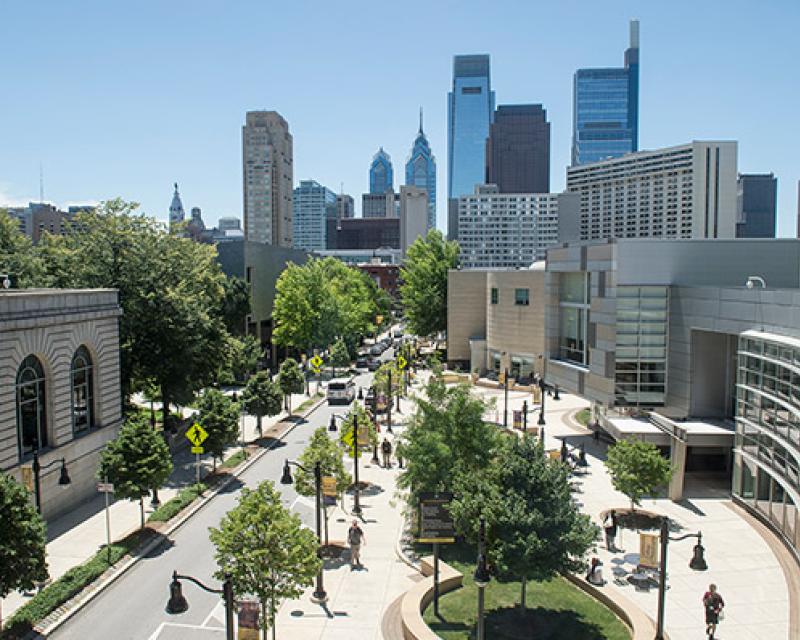-
Program Duration: 2 Year Program
-
Degree Type: Associate in Applied Science (A.A.S.)
-
Total Credit Hours: 60

About This Certificate
Our Digital Video Production program will teach you how to work behind the scenes of film, professional video and television programming. You will learn strong technical foundations of video production, camera operation, lighting, audio acquisition and editing. As you move through the program, you will rotate roles and positions on a video production team with your colleagues, which will give you a well-rounded understanding of what it takes to create quality video productions, and what it takes to be a good team member.
Course Sequence

Launch Your Career in Digital Video Production
- Art Director - est. salary $88,899
- Producers and Directors - est. salary $96,570
- Photographer - est. salary $49,021
Career Outlook
Median Salary of Film and Video Editors
Number of Jobs in the Region
10-year Job Outlook in the Region for Film and Video Editors
Film and Video Editors
Edit moving images on film, video, or other media. May edit or synchronize soundtracks with images.
Starting Pay: $24,814

Typical Tasks
- Use traditional or digital cameras, along with a variety of equipment such as tripods, filters, and flash attachments.
- Determine desired images and picture composition, selecting and adjusting subjects, equipment, and lighting to achieve desired effects.
- Adjust apertures, shutter speeds, and camera focus based on a combination of factors such as lighting, field depth, subject motion, film type, and film speed.
- Create artificial light, using flashes and reflectors.
- Manipulate and enhance scanned or digital images to create desired effects, using computers and specialized software.
Your Path to Success Starts Here



